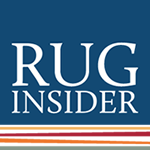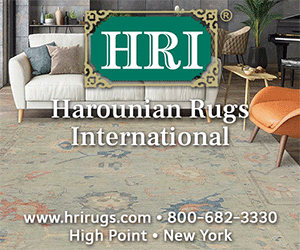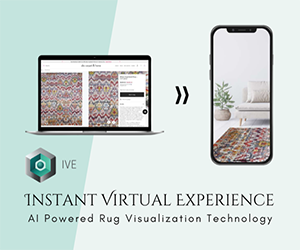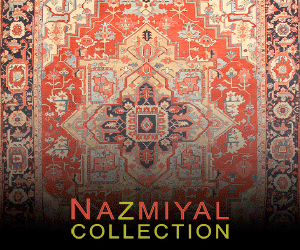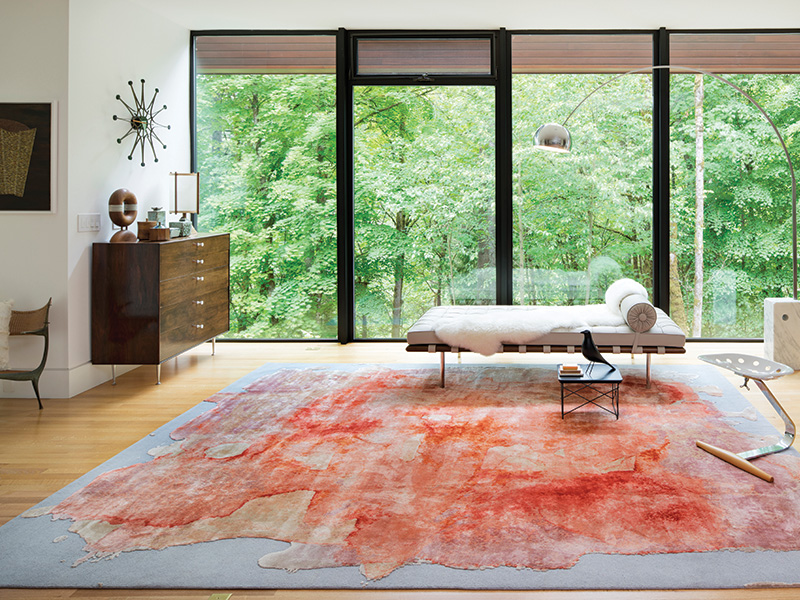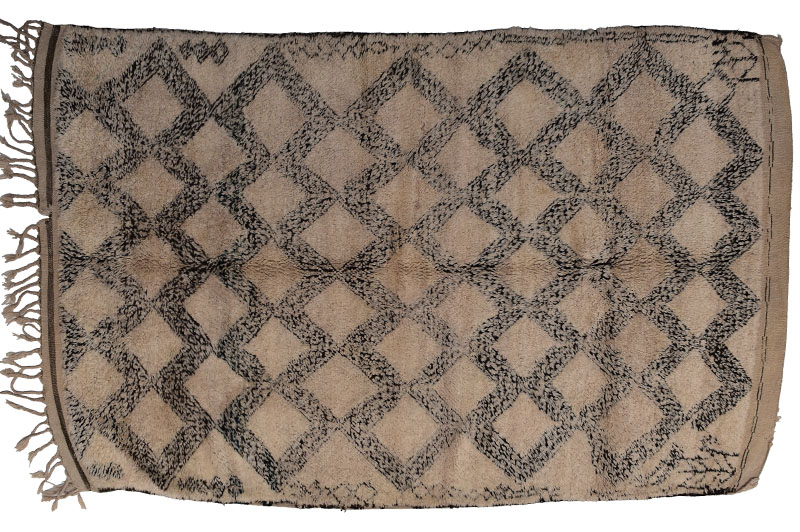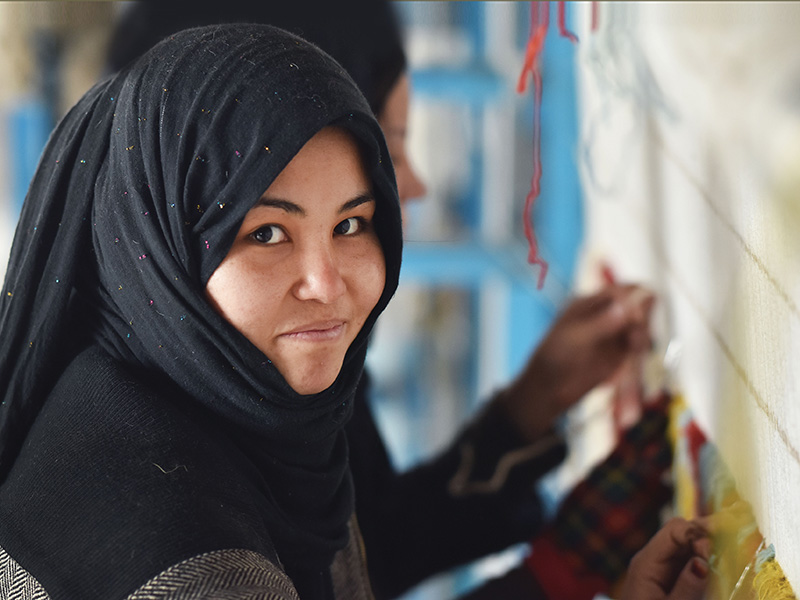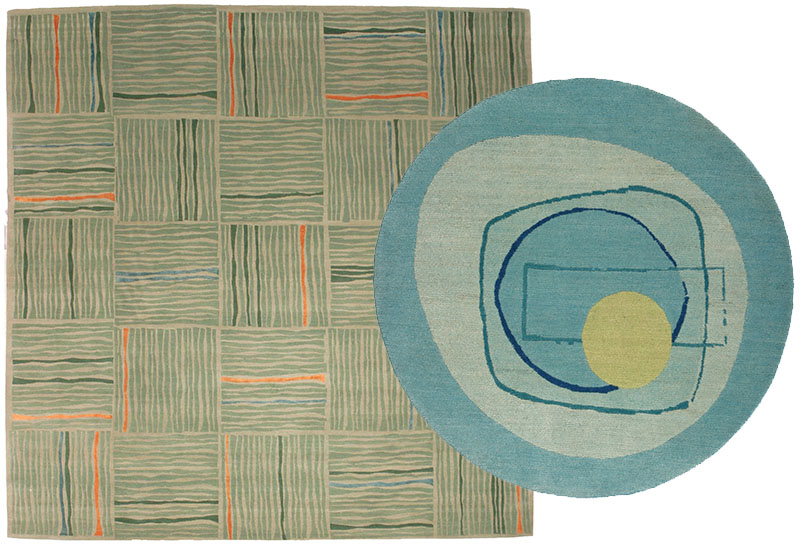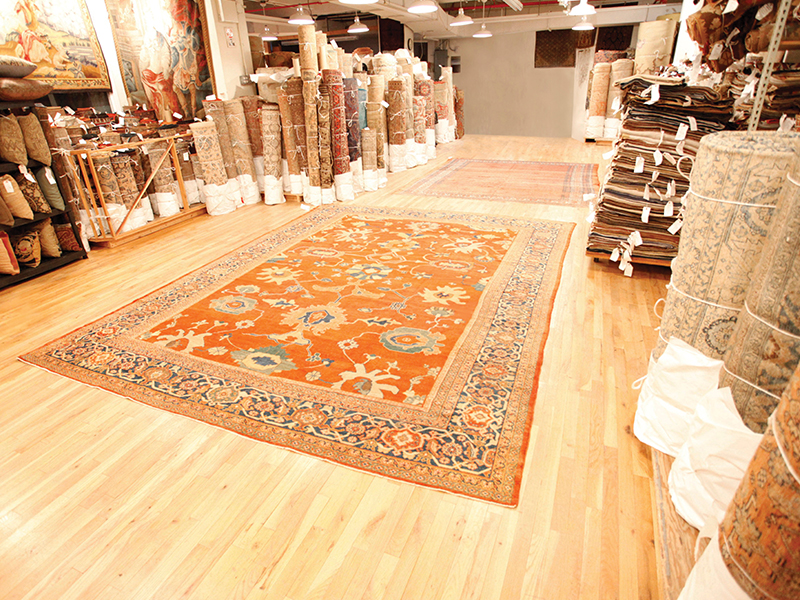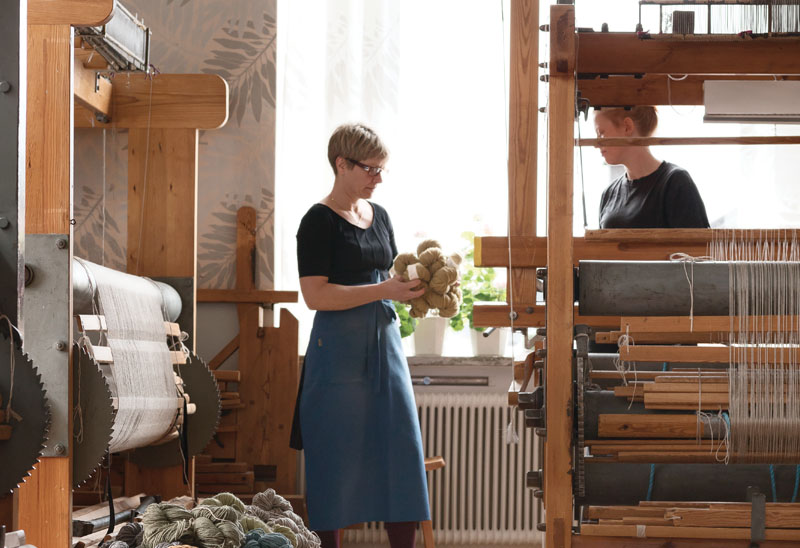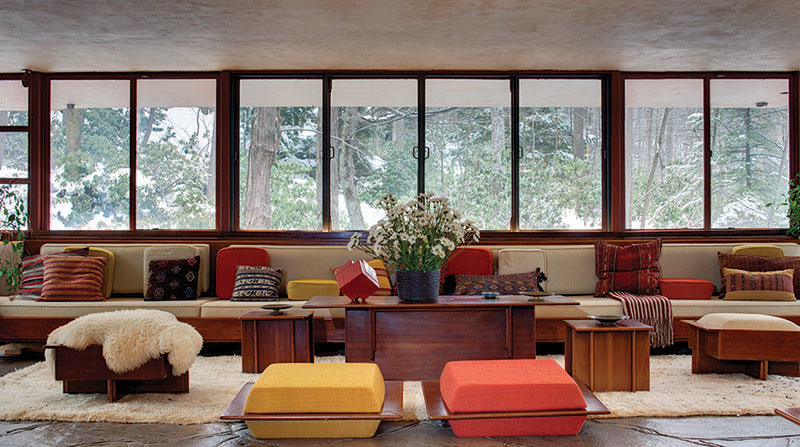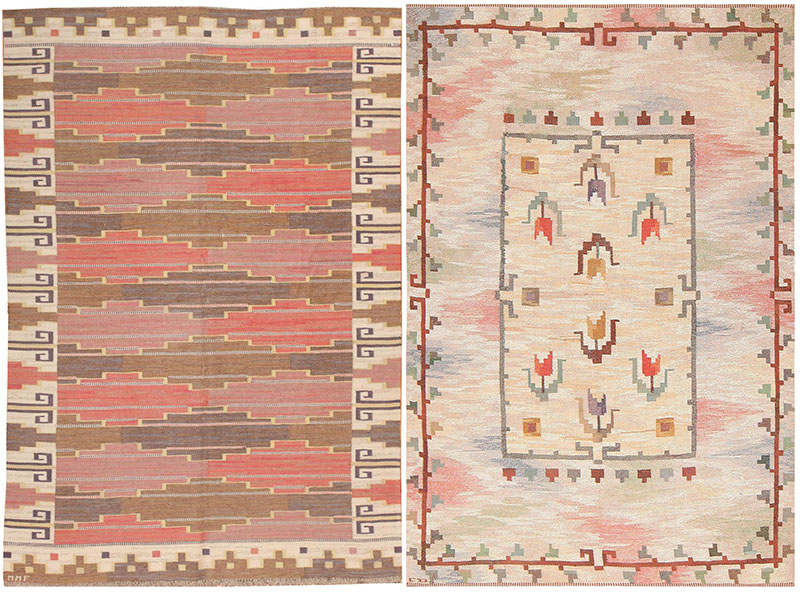Inside Intimacy Portland
In May of 2018 Rug Star and Christiane Millinger Oriental Rugs and Textiles collaborated on the inaugural North American version of Rug Star’s noted ‘Intimacy’ photography series which began in Berlin, Germany. This is a behind the scenes look at the making of “Intimacy Portland”—set in Portland, Oregon—with commentary regarding the effectiveness of such campaigns on the perception of handmade rugs and carpets.

